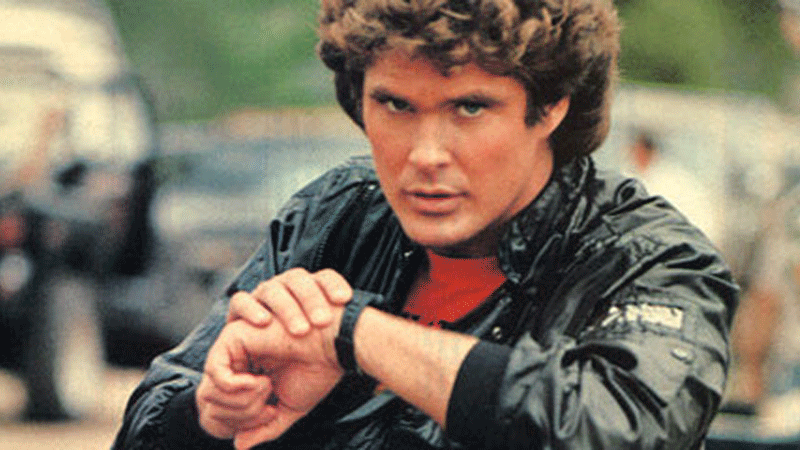Published on the 27/05/2015 | Written by Beverley Head

A newly published report from Frost & Sullivan’s Australian office shows that local chief information officers may have breathing space despite the rise of consumer demand for wearables…
The Australian Wearable Technologies Report 2015, released this week by analyst Frost & Sullivan, has forecast that demand for wearables will grow by a startling 78 percent a year until 2018 when it says local revenues will reach A$1 billion.
It’s a huge jump on what another local analyst, Telsyte, forecast just three months ago when it predicted that the local smartwatch market would reach A$400 million by 2018.
When Telsyte polled consumers about what they wanted from the watch, the top three responses were to check the time and date, use it as an alarm clock, and read messages. All of which are rather prosaic applications for the relatively expensive devices.
Even the technocrats are still somewhat fazed: Matt Toohey, CIO of Perth-based ISP iiNet swapped his Pebble for an Apple Watch last week but in the first few days of wearing it confessed that he was yet to be completely won over.
To an extent the wearable still seems to be a solution looking for a problem – and that’s certainly the case in the enterprise.
Frost & Sullivan acknowledges that enterprise take-up of wearables has been relatively slow – though it forecasts that oil and gas industries may start to test the technologies from 2017 onward. There has been some early embrace from local banks with both Commonwealth Bank and Westpac releasing mobile banking apps for the AppleWatch.
Qantas and Air New Zealand have also signalled their intentions to launch apps for the smartwatch – but corporate apps thus far are cut down versions of smartphone apps, rather than applications specific to a wrist borne device.
It may be that real wearables innovation and demand is driven out of left field.
Across the ditch, Melbourne’s Global Kinetics last week announced that it had secured A$1.5 million of crowdfunding from OurCrowd to both support US expansion plans, but also explore whether it might be possible to create an app based on its technology that monitors Parkinson’s disease patients.
At present Global Kinetics’ software resides on specially designed wrist borne hardware – but creating a smartwatch app could dramatically extend the market for the system and potentially provide early alerts of Parkinson’s or other neuro-degenerative conditions, which include conditions such as Huntington’s, disease, Multiple Sclerosis and Alzheimer’s.
That really would deliver a raison d’être for the current crop of wearables.



























